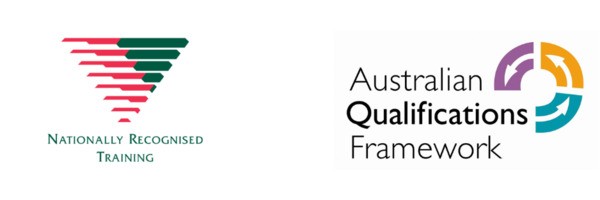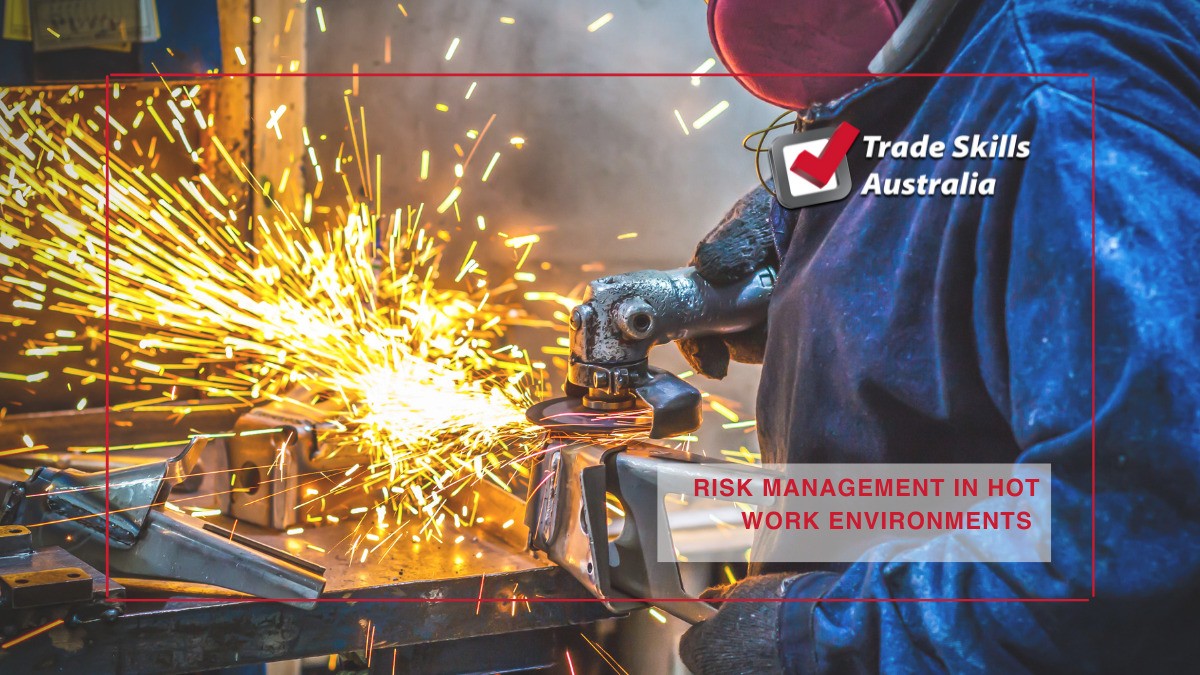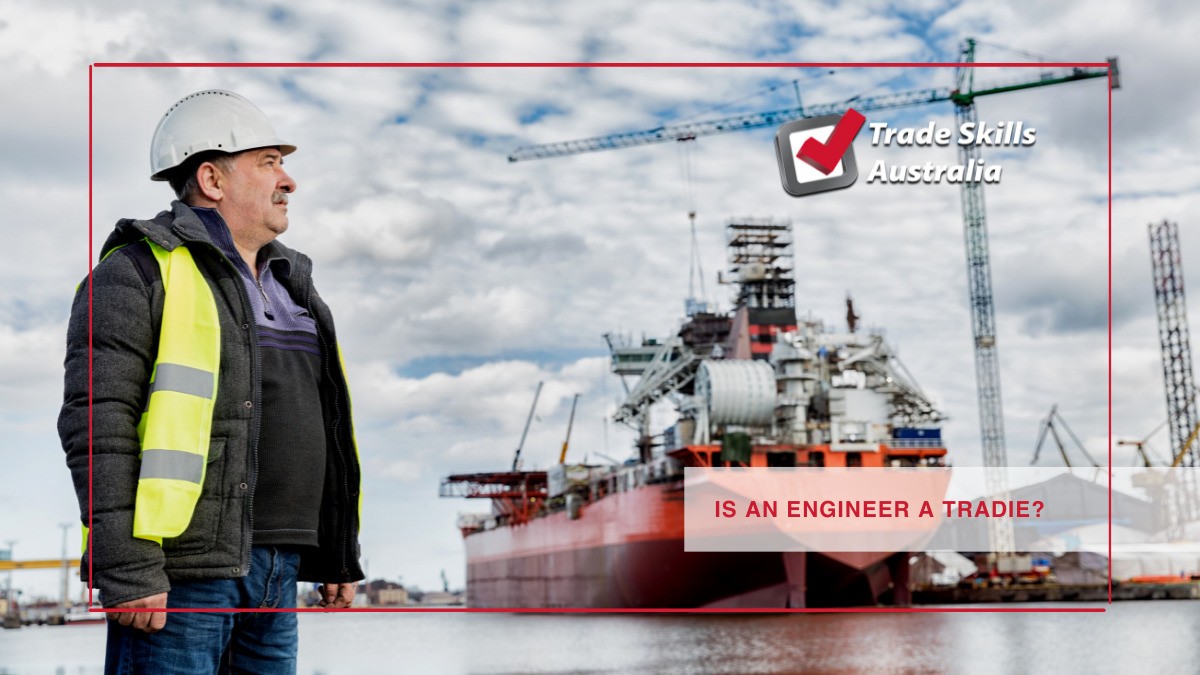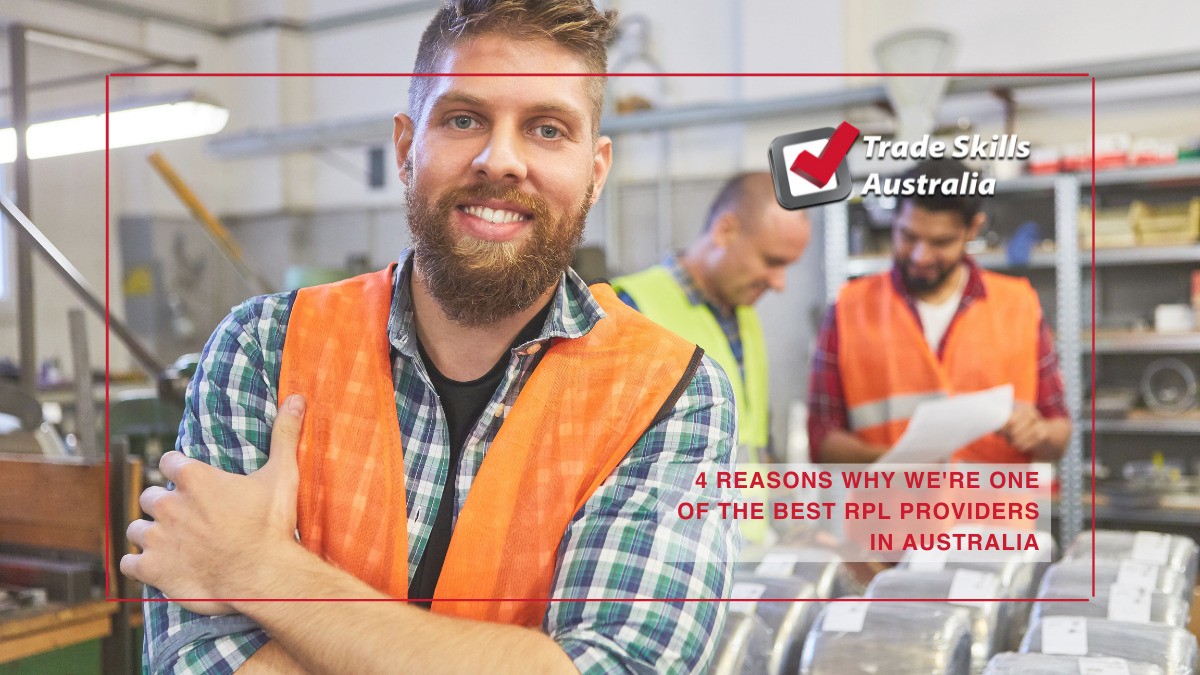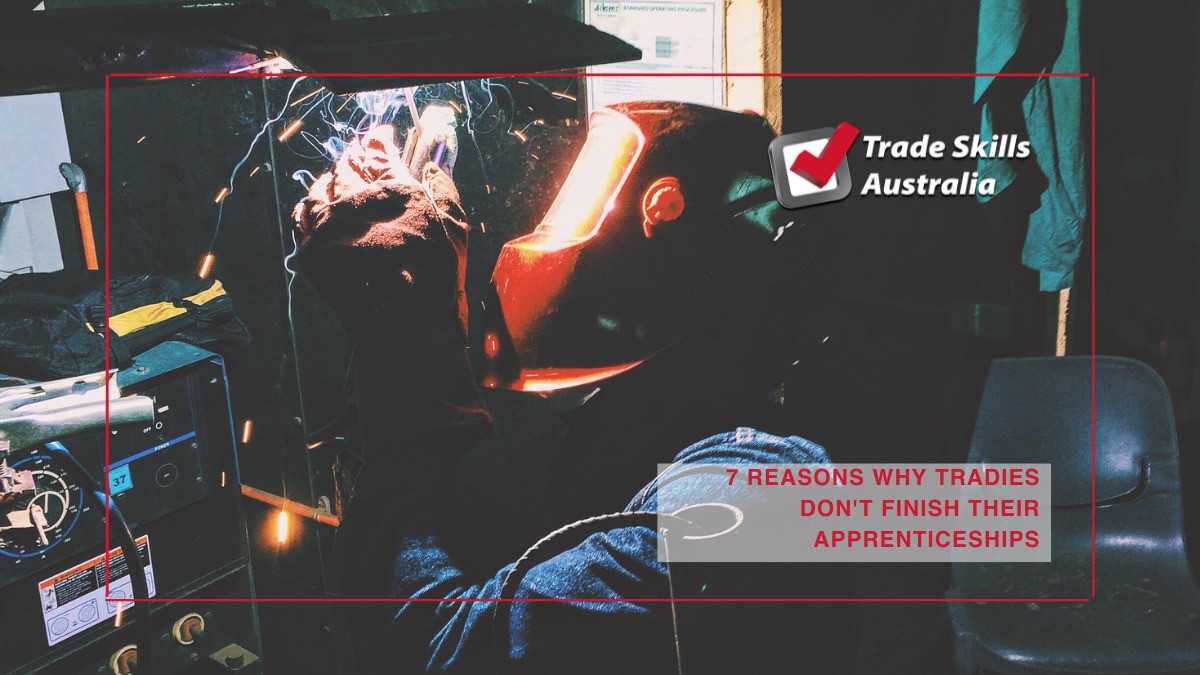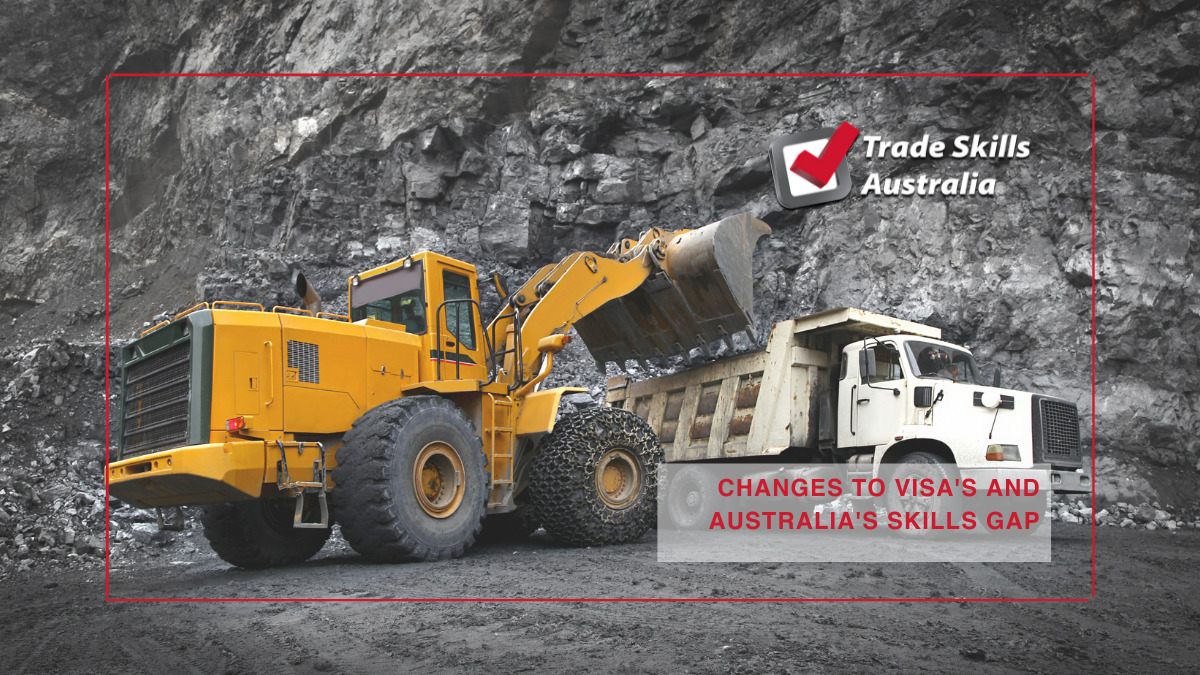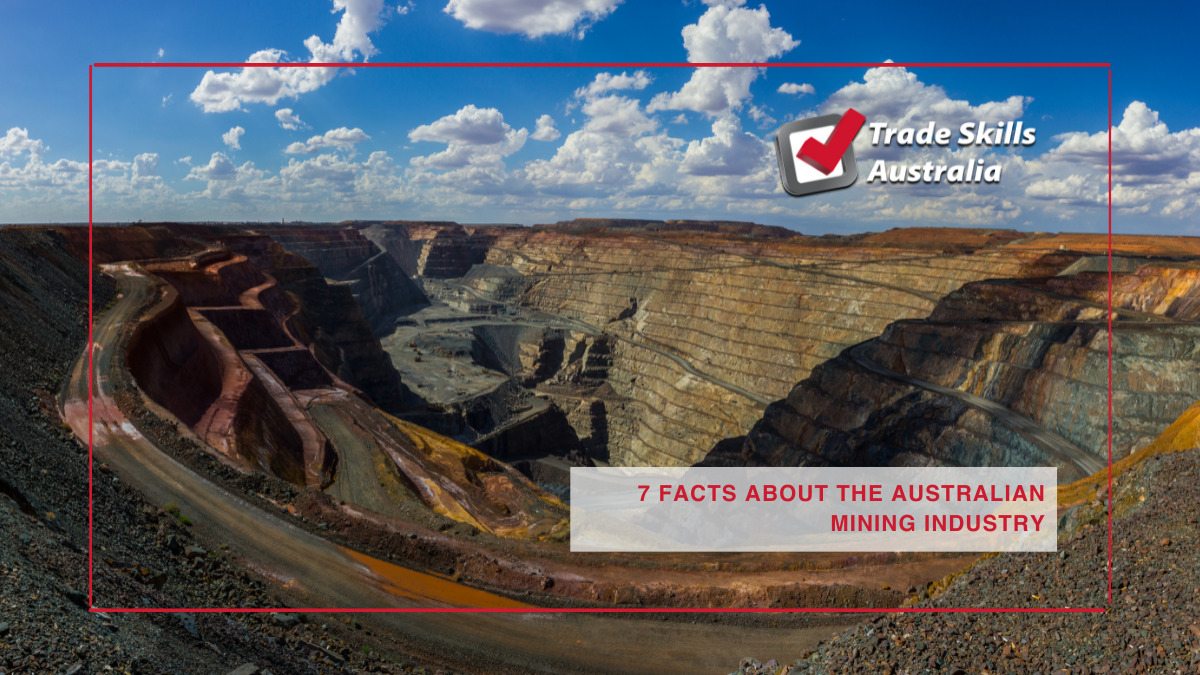Working in Hot Environments
OUR RESOURCES
Working in Hot Environments
Our body has a limit to maintaining a healthy body temperature.
Excessive heat exposure can cause illnesses due to the inability of the body to maintain a tolerable and healthy body temperature. These illnesses can be heat exhaustion, heat cramps, dehydration, heatstroke, and fainting.
Symptoms for heat-related conditions include dizziness, sweating, visual disturbances, fainting, nausea, and muscle cramps.
Risk management means ensuring we have robust processes in place to make sure we’re following our safety and healthy hot work environment policies.
The Risk Management Process in Hot Workplaces
Identifying Hazards
Hazard identification includes:
- Getting an overview of the workflow
- Reviewing the types of machinery and equipment, and
- Defining the intensity of work to carry out
When we’re identifying hazards, we’re looking for the possibility of harm and danger to us or our workmates. It even includes defining temperatures in the work environment, the duration of the work, and the impact on workers.
It also involves pointing out any problems with heat encountered by the workers.
Moreover, our managers need to review incident and injury records to identify ways to minimise future risk.
Assessing Risks
Risk assessment is understanding the degree of harm, its nature, and the probability of risk happening. It involves the identification of the related control measures and the urgency of the actions needed. Should you invest in a machine that has a better temperature efficiency? Does that gas boiler located beside the worker pose any danger? Is there any machine that can carry out the work instead of workers?
Controlling Risks
Risk control is the implementation of the most effective measures that are both reasonably practical yet effective in the long term. The objective of the risk controls is to minimize and eliminate the hazards.
One example is shifting the work hours to nighttime when the temperature is more relaxed and using HVAC units to manage the temperature in the workplace. Another is to isolate workers from various machinery or swapping physical work to a machine. Similarly, the provision of personal protective equipment is necessary to reduce risks and better eliminate the hazards.
How to identify if a worker is acclimated to heat?
Our body is adaptable to different temperatures, especially when exposed many times. When a worker is acclimatised to heat, they may begin to sweat more and have more ability to regulate body temperature. But, this is high risk because indicators of the body being acclimatised to heat vary from person to person.
In risk management, introducing an acclimatisation program to help workers manage work in hot environments is another way to reduce risk of exposure.
What should workers do if the work is unsafe due to the heat?
When workers have concerns about an unsafe workplace due to heat, they have every right to cease or refuse to perform the job. It is a fundamental human right to protect ourselves from immediate and imminent hazards caused by heat exposure or any other factor.
But, management can implement a policy regarding workers with reasonable concern about heat exposure and unsafe work environments, such as giving immediate notice to the management should they have ceased work.
What is the maximum temperature where workers are required to stop work?
Work health and safety laws do not specifically identify a maximum temperature required to stop work. The temperature alone can not be the sole indicator of a hazardous workplace. It can be affected by different factors such as duration and intensity of work, humidity, and a worker’s physical condition.
Yet, work health and safety laws require you to manage risk in the heat by minimising and eliminating hazards. You are required to preserve life by maintaining a workplace with utmost health and safety to workers.
How to handle working in a hot workplace?
When handling work safety in a hot environment, it is crucial to perform reasonable judgment and prioritize the safety of workers. There may be no specific temperatures because other essential factors in the hot workplace make it unsafe for workers. The best thing to do is to have practical and reasonable judgment if the workplace is still safe for work. Otherwise, it is up to all of us to implement the necessary measures to minimize and eliminate workplace hazards.

